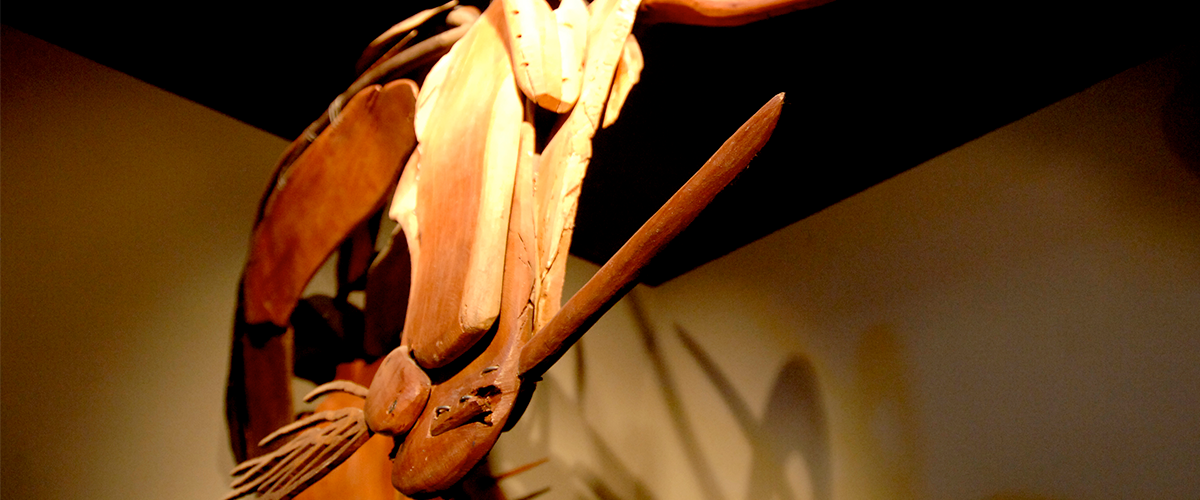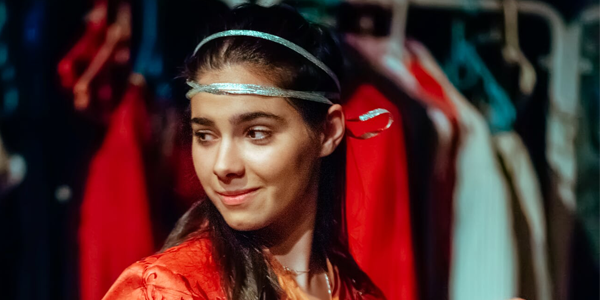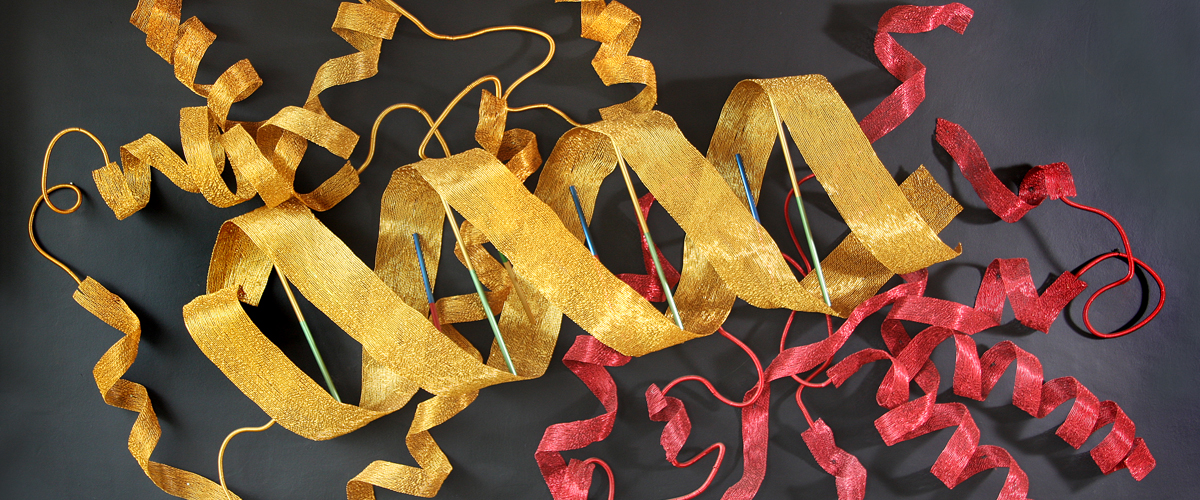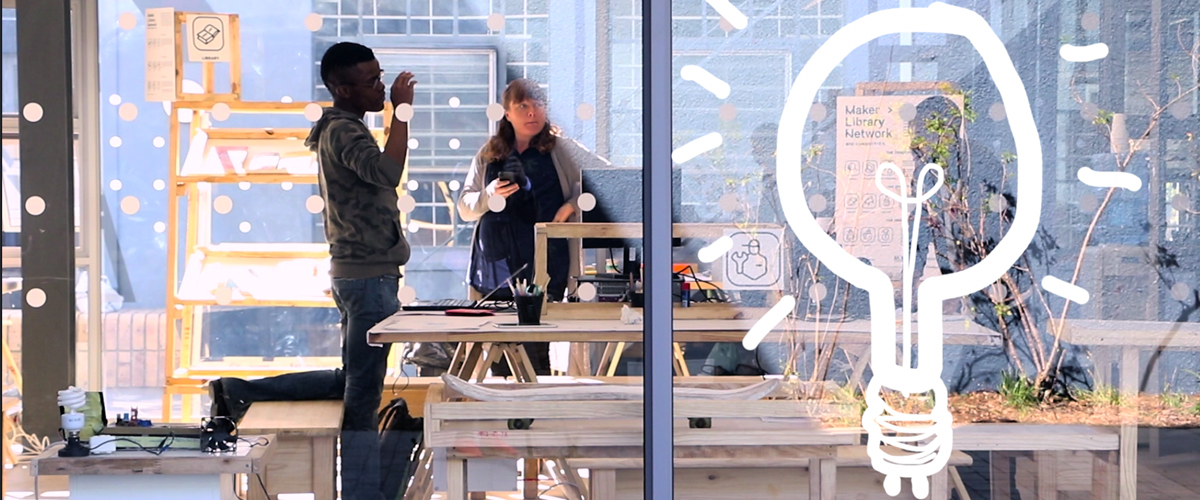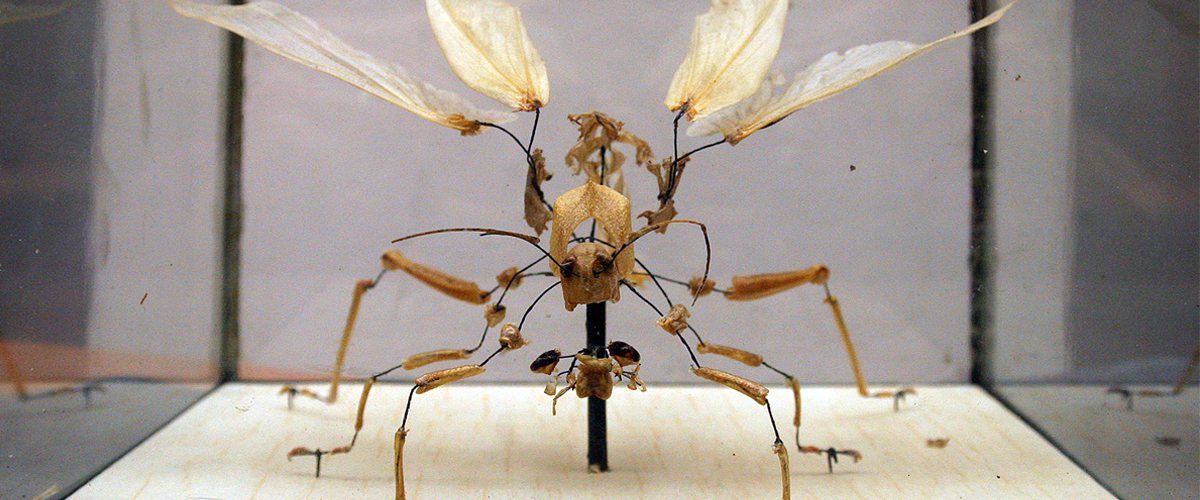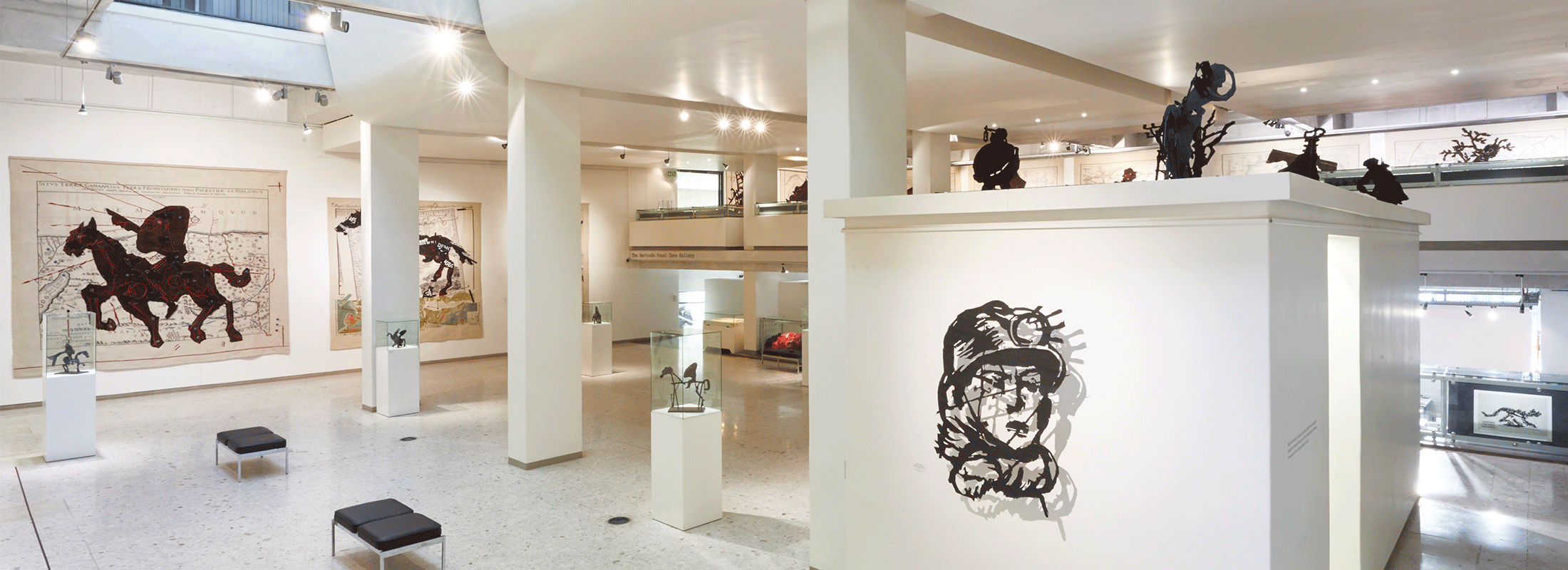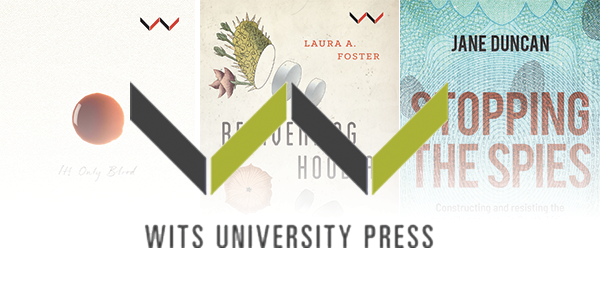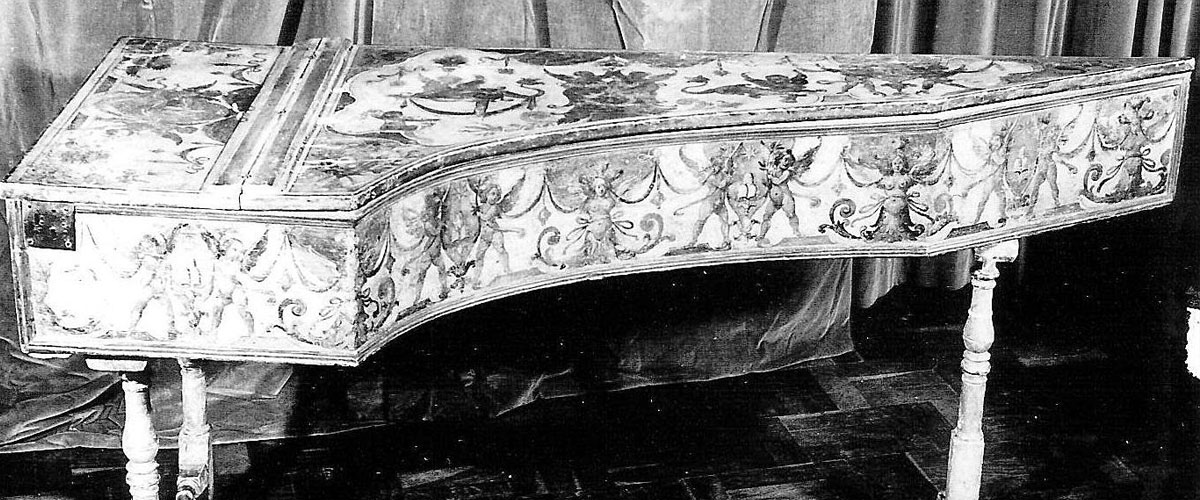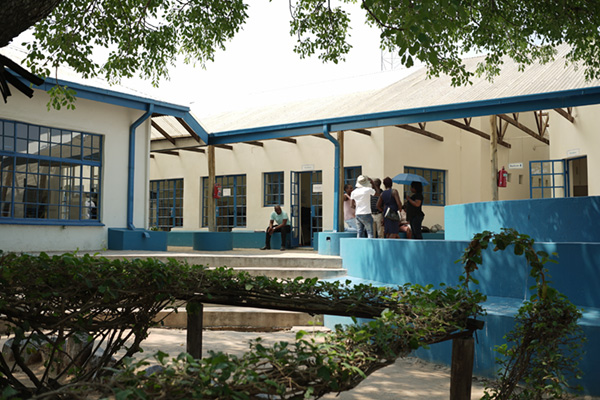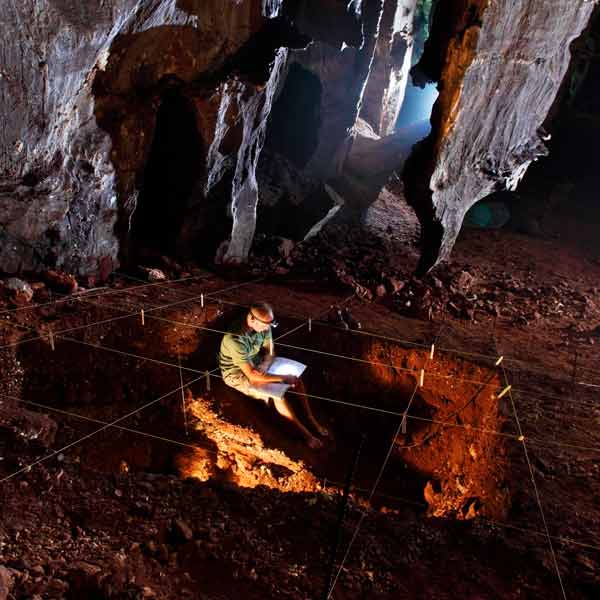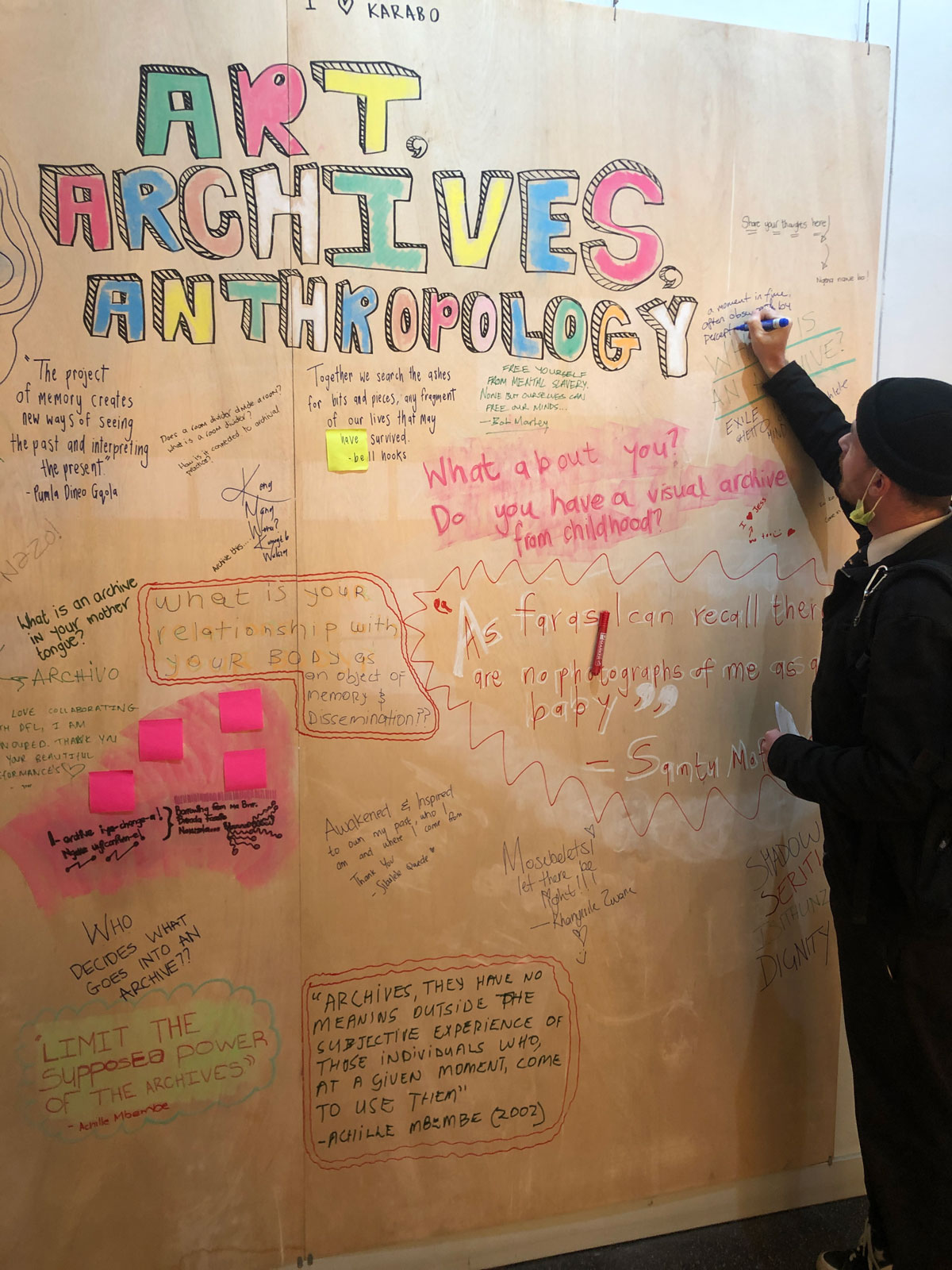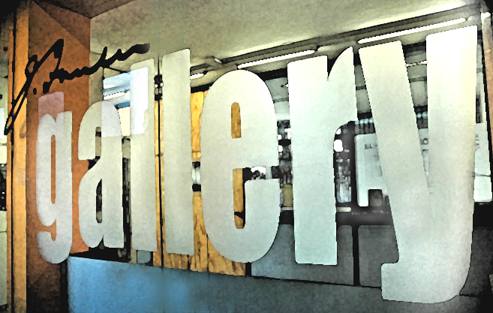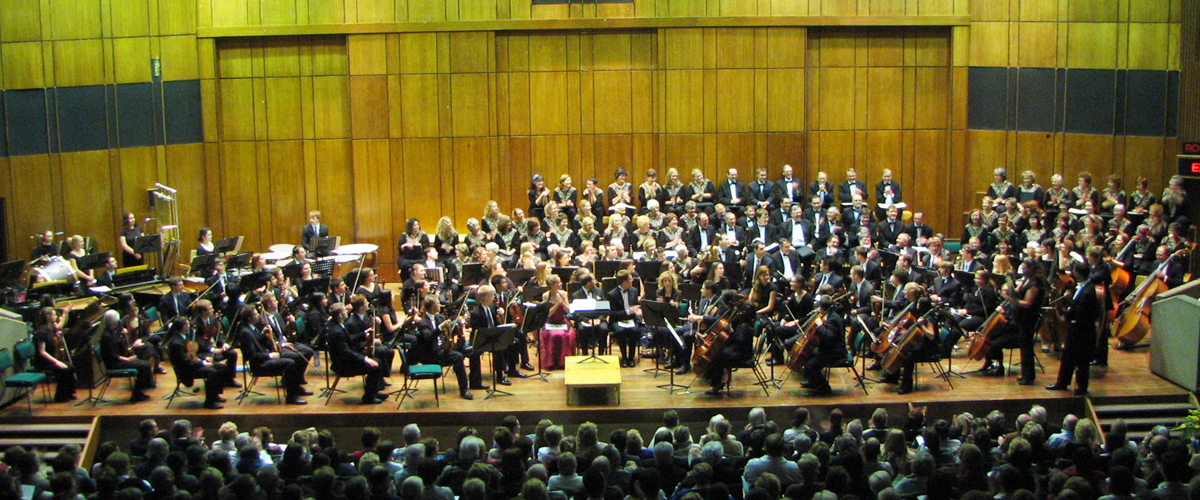Arts and culture at Wits
The Wits campus has a wealth of sightseeing and educational opportunities which collectively depict the richness of our history, academic endeavours, diversity of disciplines and social interaction.
There is always something happening at Wits and a vibrant social and cultural life is the norm.
Science enthusiasts can pay a visit to the Origins Centre, the Bleloch Geological Museum, the Life Sciences Museum and Biodiversity Centre or the James Kitching Gallery in the Palaeosciences Centre. The Fossil Vault and underground chamber hold some of the world’s priceless faunal, floral and hominid palaeo treasures.
Students studying in the health sciences may visit the captivating Adler Museum of Medicine compelling, and may also visit the Hunterian Museum of Anatomy or the Museum of Obstetrics and Gynaecology.
New, experimental work is always explored at the Wits Theatre complex, side by side with the best professional talent on the continent.


